.webp)
What Every Sponsorship Agreement Contract Needs
The sponsorship agreement contract is your safety net. It's how you ensure both parties are on the same page from day one, what you're offering, what you're expecting, and what happens if things go wrong. Without it, you're counting on assumptions. And assumptions in business? Never a good thing.
Sponsorship agreements don't need to be complex or overwhelming.
In fact, properly executed, they can be one of the most freeing resources you possess.
They provide clarity, organization, and confidence to both parties so that you can move away from stressing over the 'what-ifs' and instead concentrate on making the alliance succeed.
So, let’s break it down together.
In this blog, we’ll walk through what really matters in a sponsorship agreement contract, from the must-have clauses to the commonly missed details.
Key Takeaways
- A sponsorship agreement contract is not just about legal protection, it's the basis for a solid, well-balanced partnership.
- Well-defined roles, deliverables, and timelines prevent later misunderstandings.
- The best agreements are centered around common goals, not obligations.
- Plain language works better than legalese. Everyone should know what they're signing.
- Thinking ahead to what might go wrong is as crucial as thinking ahead to what ought to go right.
Understanding the Sponsorship Agreement
Most people think that a sponsorship agreement is something you sign and forget.
A couple of pages of legal jargon, some promises to put logos on things, an end date, and you're done.
But here's the thing: if that's how you're handling it, you're missing the entire point.
A sponsorship agreement contract is not an afterthought, it's a blueprint.
It establishes the tone for the entire partnership. It's where you align expectations, respect boundaries, and create value.
Done properly, it not only defends you legally, it enables you to create a more robust, wiser partnership.
Sponsorship today is no longer a one-way street.
It's not about a company handing over money in exchange for visibility.
It's a strategic partnership. The sponsor provides resources and reach. Both sides are investing in something of value, and both are entitled to transparency regarding what they're receiving in return.
If you are the recipient of the sponsorship, don't consider the agreement as a limitation.
Consider it as your opportunity to express your value clearly, set limits, and demonstrate that you are serious about the partnership.
A well-considered arrangement indicates you're professional, prepared, and committed.
Ultimately, a sponsorship agreement is less about dominating one another and more about valuing one another's time, investment, and objectives.
It's how you transition from handshake commitments to something tangible, dependable, and mutually beneficial.
Clauses That Matter
Every clause in a sponsorship agreement contract serves a purpose.
Each one determines how the relationship will be, outlines expectations, and keeps headaches at bay later. Here's how to read the fine print without dozing off.
-
Introduction and Purpose
Consider this your "why" of the contract. It defines the sponsor and the sponsee, describes the type of partnership, and outlines objectives. If it's boosting brand awareness, doing good for a cause, or increasing reach, this section adds context and purpose to your sponsorship.
-
Term and Duration
This provision establishes the official start and end date of the sponsorship. It also states options for renewing the contract and how much notice each party must provide to terminate early.
-
Sponsorship Fee and Payment Terms
This should be clearly outlined: how much the sponsorship will cost, when payment is due, and what happens if there is a delay. Will penalties apply? Can payments be made in installments?
-
Rights and Benefits vs. Obligations
What does the sponsor receive event exposure, branded content, and digital promotions? And what are both sides obligated to deliver? Perhaps the sponsor must provide logos by a specific date, and the sponsee must incorporate those in all event banners.
-
Confidentiality
There are some things that should remain behind the scenes. This provision allows for any disclosed sensitive information such as campaign strategies, product information, or marketing timelines to remain under wraps. It's particularly relevant if both or either are in a competitive field.
-
Termination
This clause explains how to terminate the agreement, either because of breach, failure to perform, or for mutual agreement. It also explains what is done next, such as returning materials or paying last payments.
-
Indemnification
This is the "just in case" provision. If a third party sues or an individual commits an error resulting in legal consequences, this clause explains who is responsible and pays.
-
Governing Law and Dispute Resolution
Where do you go if things go wrong? This section specifies whose laws (country or state) will govern and how disputes will be resolved, either in court, by arbitration, or by mediation.
-
Miscellaneous Clauses
Don't skip these, they're the unsung workhorses. This miscellaneous section may contain:
- Assignment (Can the contract be assigned to another?)
- Force Majeure (What if there's a pandemic or natural disaster?)
- Entire Agreement (This is the last word, superseding earlier talks.)
- Amendments (How are changes to be made, and who needs to agree?)
Beyond the Standard Clauses
Standard clauses are the backbone of any sponsorship agreement contract, but to make it work, especially today, you’ll need to think beyond the basics.
Exclusivity
If the sponsor expects to be the only brand in their category, make that clear.
Reputation Protection
If either party ends up in a controversy, the other should have the option to walk away.
Intellectual Property
Be specific about how logos, videos, and other brand content can be utilized. And by whom.
Measurable Goals
Specify what success will look like upfront. Make sure to include metrics such as audience reach, leads, or social media engagement.
Dealing with the Unforeseen
In case the event is canceled or postponed due to an unexpected event like a natural disaster or global crisis, your contract should outline what next steps would follow.
Negotiation - Beyond Confrontation to Collaboration
A sponsorship agreement contract needs to be a shared vision, not terms and conditions.
Begin with clarity. Before you go to the table, you need to know precisely what your objectives are.
Is it visibility? Lead generation? Thought leadership? Be clear about what is most important to you and attempt to find out what is most important to the other side. That's where alignment starts.
Second, determine the value you're offering.
Perhaps it's access to a specialized market. Perhaps it's event exposure or high-end branding real estate.
The more precise you can be, the better you'll be able to make your request.
Don't have vague conversations about "budget ranges." If you're presenting a package that's worth the investment, tell them why it costs what it does. Transparency creates trust.
Not everything will be a perfect match, and that's just fine.
Negotiation is finding where you meet in the middle; perhaps you compromise on exclusivity, and they extend the duration. That's a win-win.
From Agreement to Action: Building a Lasting Sponsorship
Signing the contract isn't the end, it's merely the beginning of the hard work.
A sponsorship agreement contract is worthless if the partnership collapses after kickoff. What keeps it going? Communication, accountability, and mutual momentum.
Begin with clarity. Who does what? If the sponsor is supplying logos, when do they need to be sent?
If the sponsee is providing shoutouts or activations, when will they occur, and how will they be measured?
Leave the lines open. Frequent check-ins (even brief ones) do wonders to avoid misunderstandings.
A monthly sync can keep both parties on the same page and catch any bumps early.
Deliverables are important, but so is follow-through. If a post-event report was committed to, get it done and delivered on time and with substance.
If KPIs were set, track them fairly, even if the metrics aren't ideal. It's about being present and putting in effort.
Making Sponsorship Smarter with Microsoft 365
If you work in a legal team, you'll know that sponsorship contracts can eat up a lot of time.
With a contract management solution like Dock 365, built directly on top of Microsoft 365, you have a centralised, secure environment in which to create, save, and manage your agreements.
You can build contract templates, automate approval and review workflows, send reminders for important dates, and keep all versions of the document in one location.
Everything is traceable, organized, and accessible.
For legal departments, that translates to quicker turnaround times, fewer mistakes, and less time spent tracking down information.
It also translates to greater visibility into the status of each contract, so nothing falls through the cracks.
If your team is working on various sponsorship agreements, Dock 365 keeps you in charge and on time without the mess.
Schedule your free demo today and discover how legal teams are revolutionizing sponsorship agreement management.
Like our content? Subscribe to our newsletter on LinkedIn for more insights and updates.
Book a Live demo
Schedule a live demo of Dock 365's Contract Management Software instantly.

Written by Jithin Prem


